338,000 incidents of crime were reported against women in 2016. Rural and urban women earn 78% and 75% respectively of what their male peers do. The laws refuse to criminalize marital rape. Resting at the helm is the data that India has been declared the most dangerous country globally for women. Do our schools ever talk about this?
What does all this data mean if we don’t do anything about it? Targeting laws and policies, activism across universities, and social protests may all be about fixing the walls, but what about building a new wall? Education is the building block of any society, but are we sowing the seeds of resisting patriarchy in our schools?
What Does Feminism have to do with Schooling?
I’d say – everything! My interaction with a senior school teacher in a government girls school in Delhi suggested that teachers had very little hope of any academic or professional future for their students. Why so?
Teacher’s response: Inhe aag lagi hui hai (They are on fire!)
Before I could make sense of that, she went on to say, “All they want is sex! We have at least two cases of pregnancy every year across Grades 6-12. For them, its fun, for others, its either a matter of shame or disgust. To make the environment conducive to learning, our only motive is to keep it all hush-hush, and preventing them from having sex somehow”.
Me: And how do you do that?
Teacher: By lecturing them of course! Though it hasn’t helped much so far.
The vignette above highlights the lack of gender sensitive education in three ways:
Firstly, “A school is a miniature society” said John Dewey, an educational reformer. In India, schools are the powerhouses of patriarchy where stereotypes are generated, stored, and perpetuated. And while all this happens, the only thing statistics/funding addresses is the 3Rs.
Schools are the powerhouses of patriarchy where stereotypes get generated, stored, and perpetuated.
Secondly, we need to focus on the problems of slipping critical gender issues under the rug. Hiding and stigmatising cases of sexual abuse and our perceptions of sexuality is common. Also, one of the preventive tools is to implement sanctions on girls’ freedom and just so nobody questions this, schools are connotated as sacred spaces and called Vidya mandirs (temples of knowledge).
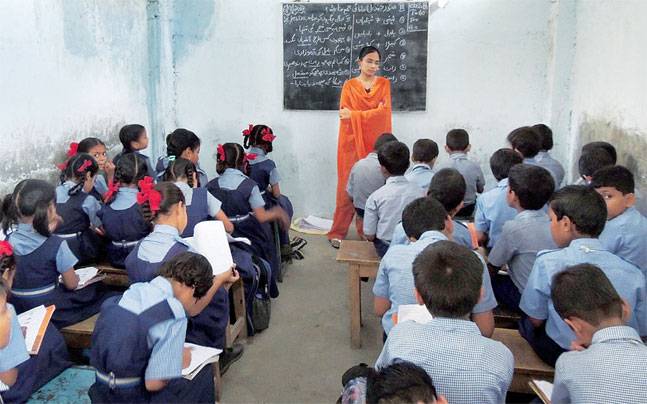
Image Source: India Today
Thirdly, lecturing is our default setting. Teachers talk, students listen. After all, teacher is the priest of this mandir. And so if you are abused, stay silent. If your boyfriend wants to have sex, you just do. If your father hits your mother, you stay frozen. If your parents ask you to marry at a certain age and a certain person, you just don’t resist. All of this are results of “Stop talking, please!”, “For a girl, you are loud…aren’t you ashamed?”, “Oh God! Boys are naughty, just can’t be controlled!”, etc. These are all phrases we have been fed like ambrosia.
Are School Reforms Talking about Gender Issues?
The National Policy on Education (NPE-1986) states, “Education will be used as an agent of basic change in the status of women. In order to neutralise accumulated distortions of the past, there will be a well-conceived edge in favour of women. The National Educational system will play a positive interventionist role in the empowerment of women”. A promise that escaped into thin air.
Also read: Is Sexuality Education Against Indian Culture? | #WhyCSE
With 300 million children in our schools, how they are being consistently schooled into patriarchy is a matter worth looking into and being acted upon.The National Curriculum Framework (NCF), 2005 advocated that gender issues at schools need to be actively addressed and produced a position paper on gender issues which opens with “Gender is not a woman’s issue, it’s a people’s issue”. The writing panel included eminent feminists as Nivedita Menon, Uma Chakravorty, and Deepti Priya Mehrotra to name a few.
A decade later, CBSE offered human rights and gender studies as a subject in Class 12. And then it was scrapped a year later! Because, there were less takers. Are we surprised? No! A nation that lives a perpetual dream of producing endless engineers, doctors, MBAs, and IT professionals, simply does not care about learning human rights. 13 years of schooling and no mention of it, how are students suddenly to understand its relevance? Is patriarchy optional? Then why should learning about it be?
Is patriarchy optional? Then why should learning about it be?
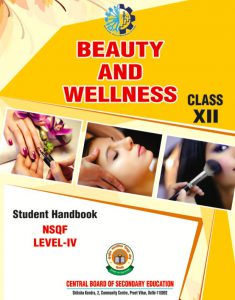
Image Source: CBSE
On the other hand, one of the popular electives in senior grades remains to be ‘Beauty and Wellness’. One glance at the textbook, and you know that it reeks of stereotypical images of women working in beauty parlour, or dressing themselves up, or massaging white men. The only image of a man in the book is in the section of enterpreneurship, because of course, you require a great deal of brains to run a business, and only a man can do so.
The fate of both (NPE and NCF) matched numerous other well outlined policies in India. The implementation always remained a challenge. And the crude reality still hovers around us – taboo around sexuality in schools, deep gender biases amongst teachers, discriminatory textbooks, and rhetorical classroom instructions.
Beyond Good-Touch/Bad-Touch – What are Schools not teaching?
Comprehensive Sexuality Education (CSE) is still trying to carve a space for itself and Protection of Children from Sexual Offences (POCSO) Act is still being tossed to be made sense of. All we witness is either a silencing of sexuality related issues or tad bit of information on male and female body, accompanied with embarrassment and giggles of course. What is also missing is an analysis of ‘Why does all this take place? And why primarily against girls?’
We need A dialogue based on analysis – an analysis of ‘Why does all this take place? And why primarily against girls?’
Can this be done in one subject, or in one grade of schooling, or with one textbook? Probably not. What we need is a threefold strategy:
- Show that Patriarchy Exists: Once, in my Grade 3 classroom, I asked students to discuss as a part the topic – Family, “Who are the strongest people in your life?” While most girls seemed to talk about how mothers are strong for doing the innumerable tasks they do, boys maintained that Dads are stronger because of their physical prowess. That day, I knew that these children have been schooled into patriarchy long ago, and if I didn’t point it out to them today, they will be flag-bearers of this unjust structure.
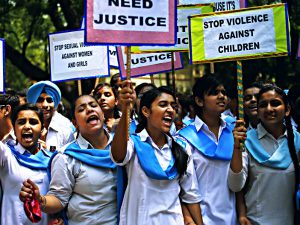
Image Source: One India
School education needs to move away from a fact-finding/ cramming tendency. Students need to be shown and made to realise how patriarchy is prevalent around them. Issues of masculinity, customs, and practices rooted in gender bias, media portrayal of women, and unequal opportunities at work, need to be debated within daily classroom topics and themes.
2. Create Resources that Resist Patriarchy: Though, as an educator, I have always felt textbooks to be restrictive tools, I still choose to accept that they are here to stay as they are an important tool to maintain power dynamics. Images, stories, and historical accounts play a role in giving the following messages to children:
“Women were always for the domestic sphere”, “Women never made history”, “Important women in history are either those who were tomboyish or are those who are powerful yet domesticated”.
History is still about Rani Laxmi Bai, Noor Jahan, or Razia Sultan, and the science textbooks just might mention Gargi and Maitreyi.
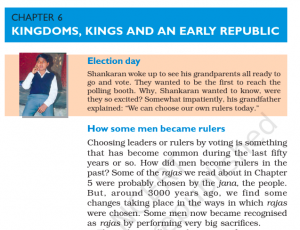
Image Source: CBSE
The textbooks need an overhauling not only in terms of role-reversal (pasting a male pic instead of female in the kitchen) or the ‘add women and stir approach’ (add female images instead of males), but real opportunities to discuss, debate and act upon inequalities inside the classroom, home and neighbourhoods. The discourse needs to add not only in the historical sense but also include the lives of women in the political, economic, and sociological spheres.
The textbooks need an overhauling not only in terms of role-reversal or the ‘add women and stir approach’ but real opportunities to discuss and debate.
3. Greater Autonomy to the Teacher : Teaching as a profession is subsumed under several societal traps. The feminisation of the profession, the ‘sacredness’ of guru, the nobility of the profession and yet being prescribed each day what to teach, how to teach, and what to expect in return presents the greatest irony in the life of a teacher.
Also read: Have You Witnessed These 5 Examples Of Subtle Sexism In School?
This irony gives rise to a declining population of teachers – in quantity and quality. In this nexus where they are themselves at the extreme end of the spectrum of power, there is little room for them to experiment with their own biases, let alone developing resources to enable children to do so! It is important thus, to simultaneously position the teachers with more power and agency than they currently have, if we are ever to address the above two steps.
Parting Thoughts…
Gender analysis does not operate in a vaccum – it always works in tandem with forces of caste, class, religion, ethnicity, and in relation to the rural-urban divide. And hence by incorporating a gender analysis in education will ensure taking into account the intersectionality of different forces and social justice, at large.
The role of gender analysis in education by and for students is necessary from a very young age, if we are to deal with problems of education such as female illiteracy, low achievement rates and gender stereotypes at school. These issues eventually lead to gender inequality, crimes against women, and not to forget, toxic masculinity amongst men in our society.
Featured Image Source: Quartz India
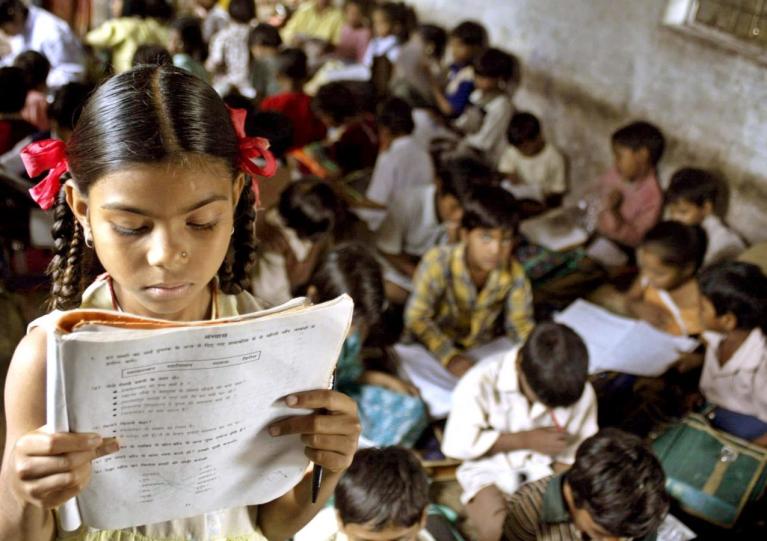


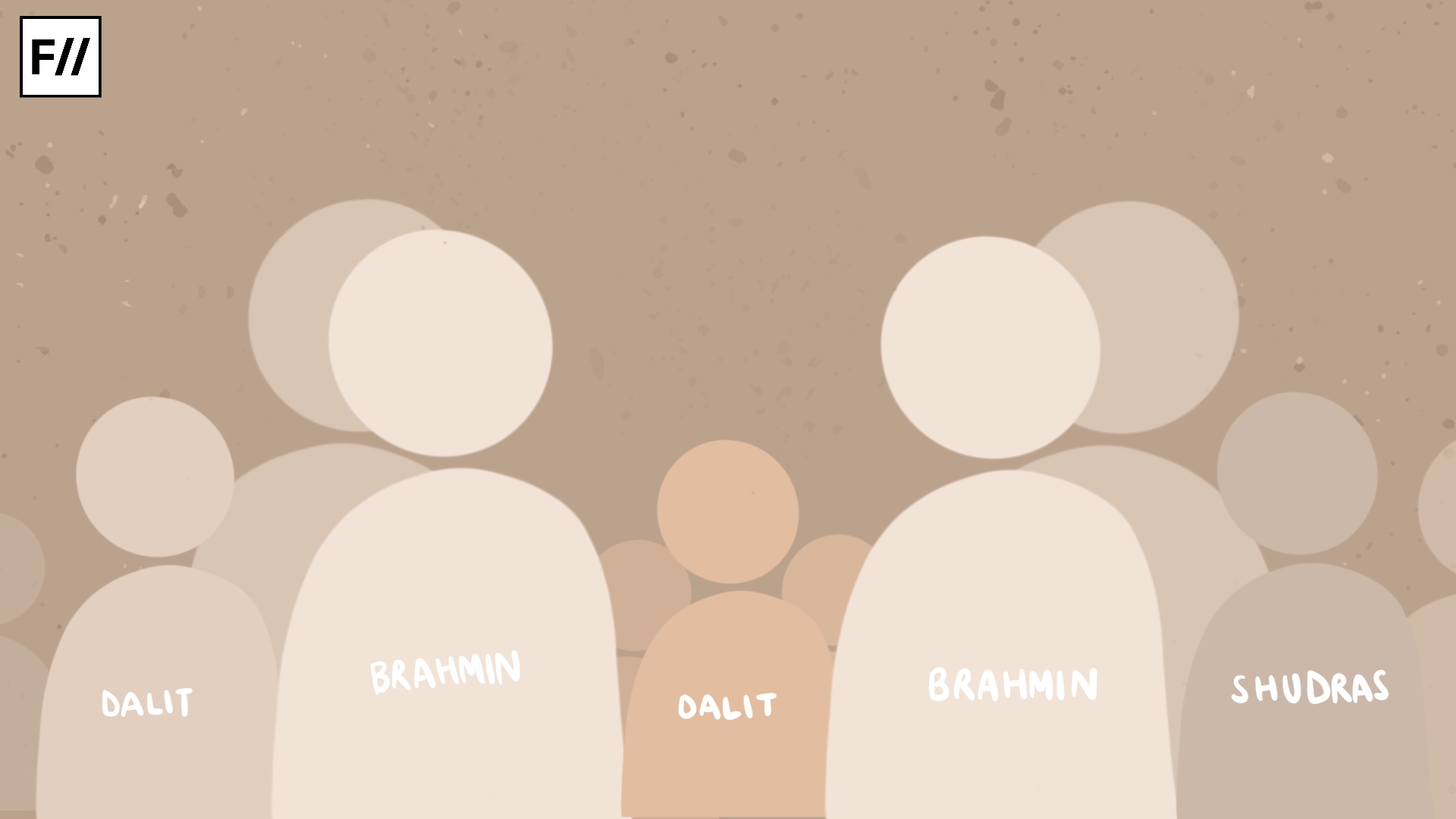

Thanks For sharing this informative detailes
It’s really very helpful
CBSE Various Post Online Form